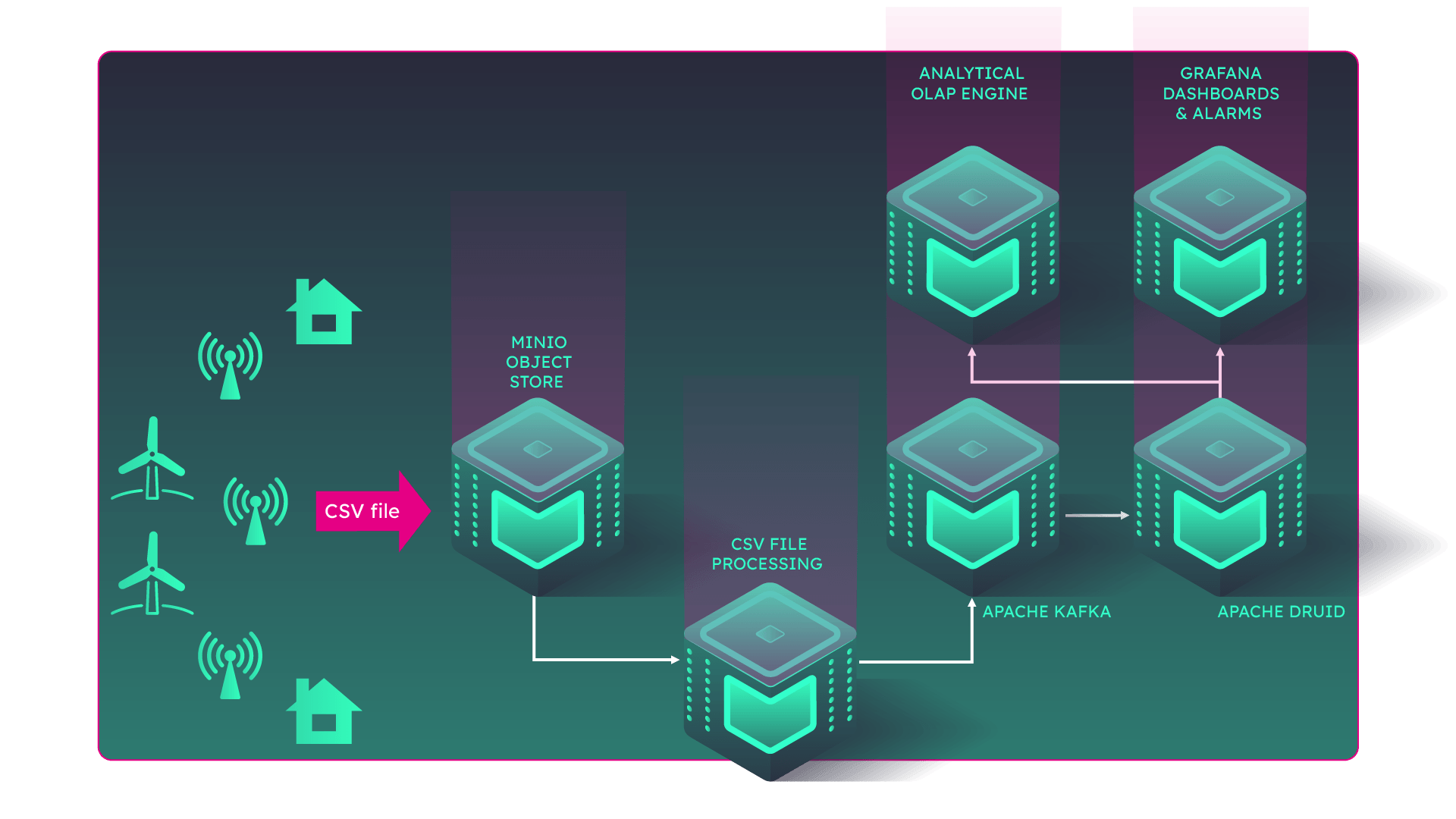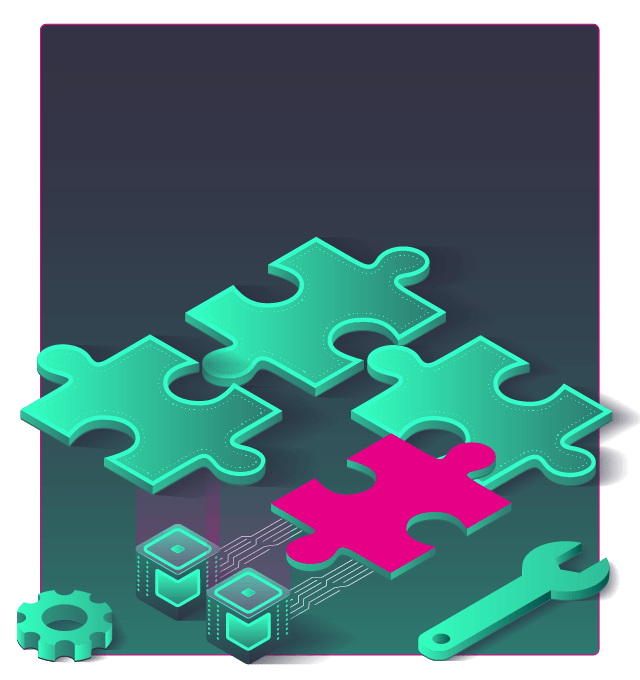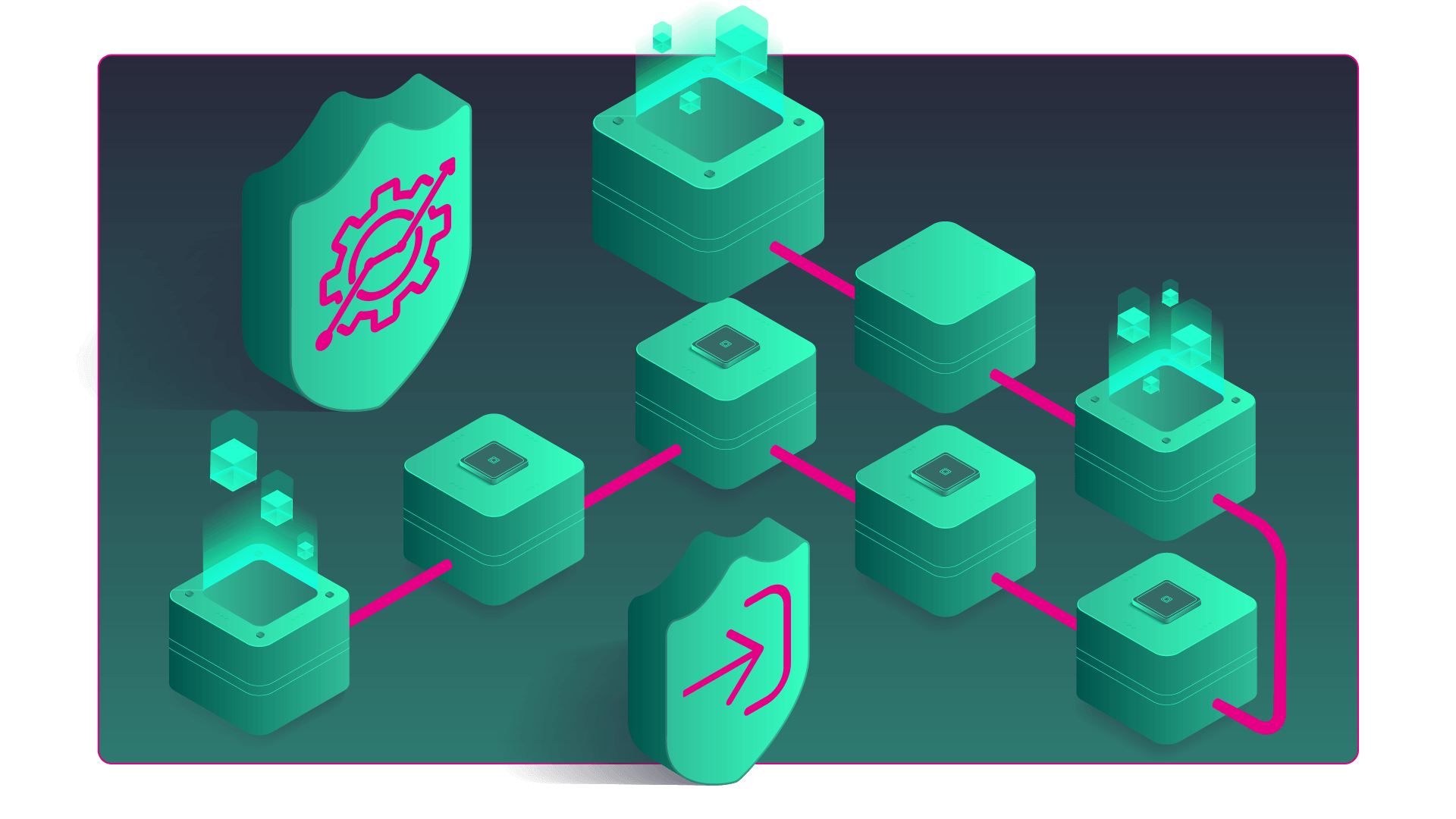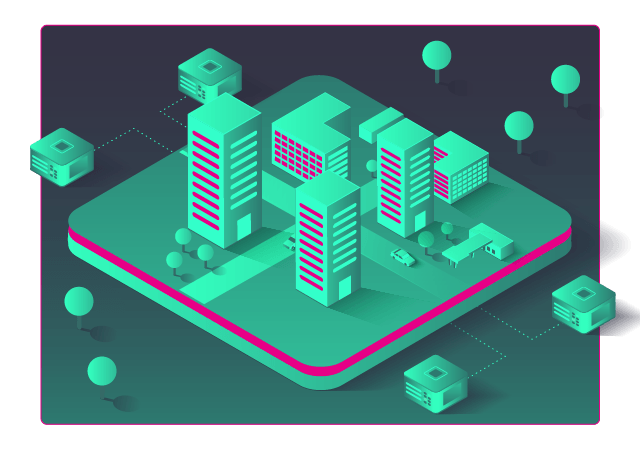Solution by Qubinets
Wind power plant noise analysis
Qubinets platform is suitable for supporting typical IoT solutions. In this solution, noise level data produced by power plant IoT sensors are collect into the Qubinets platform, data is processed through a big data pipeline, analyzed by OLAP tools, visualized on dashboards, and alerted according to defined sets of rules. Described concepts of collect, process, visualize, alert can be apply to many similar IoT use case.
No Credit Card required. No aditional Fees. All features included.
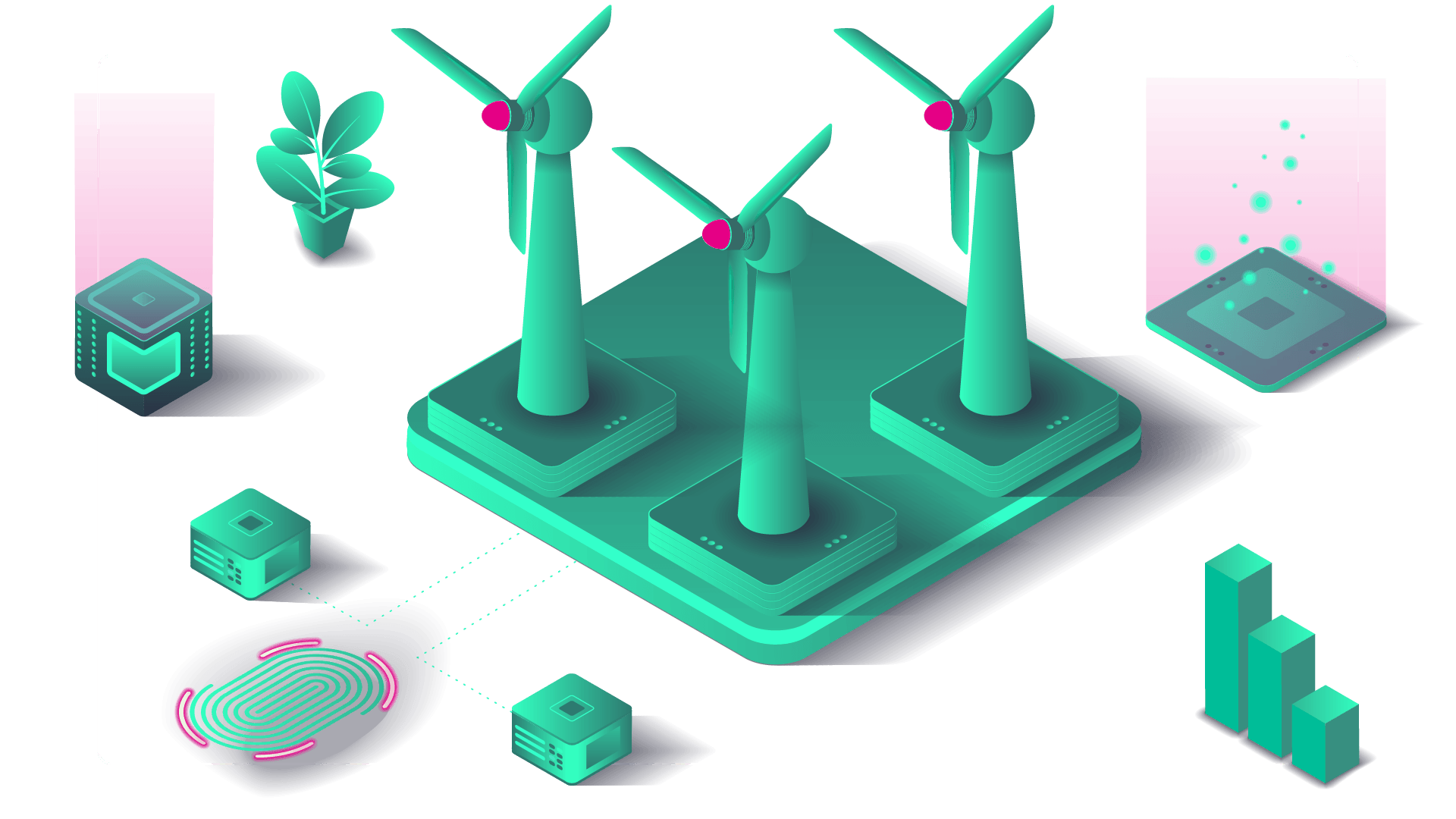
Built with
This solution relies on Qubinets blocks
The solution is composed of the following set of building blocks, which are powerful open-source systems that have been proven in the industry and trusted by numerous big companies. These systems are integrated into Qubinets platform and are offered as managed and reliable services on top of which this solution has been created.
Qubinets platform is used to build a solution based on the architecture shown above. Easy deployment processed from Qubinets helps to install the key services: MinIO, Apache Kafka, Apache Druid, Analytical OLAP Engine, and Grafana. The MinIO service is used as a building block for storing the CSV file which is collected by the IoT devices. The CSV file contains recorded levels of noise on different positions around the wind power plants park. This file is then further processed and its rows are passed into the Apache Kafka. Apache Druid is used as a high performance storage of timeseries records, which can then be queried by the Analytical OLAP engine. Grafana is used to construct dashboards for monitoring key aspects of noise from the input data. Additionally, special rules are configured to rise the alarms for the noise situations which should not happen.
Benefits
What do you get from this solution
This solution can help you build any similar use case on top of the same building blocks, using them in the same way with the help of Qubinets platform. You can apply them for: Collecting data input, temporary results, data processing, data visualization, and alerting
Collecting data input
IoT devices collect the data and store it externally in a specific format, in this case a CSV file. This data needs to be inserted into the Qubinets platform either manually (via drag and drop) or through some automation script.
Persisting data
Data is inserted into the object storage in the form of CSV files. Further on, CSV formatted data can be parsed and processed by the rest of the application workflow.
Processing data
In each application, the source data is just the basic information from which a derivative information is constructed by calculations and transformation.
Visualization
When data is processed and transformed into a desired form, it needs to be visually presented in a various charts and graphs. Powerful visualization techniques and statistics help certain patterns or anomalies in the data be detected.
Alerting
Rules can be set for known and expected behaviours and data pattern which can generate alarms for any system behavior that drifts from the expected.
High-level architectural overview
